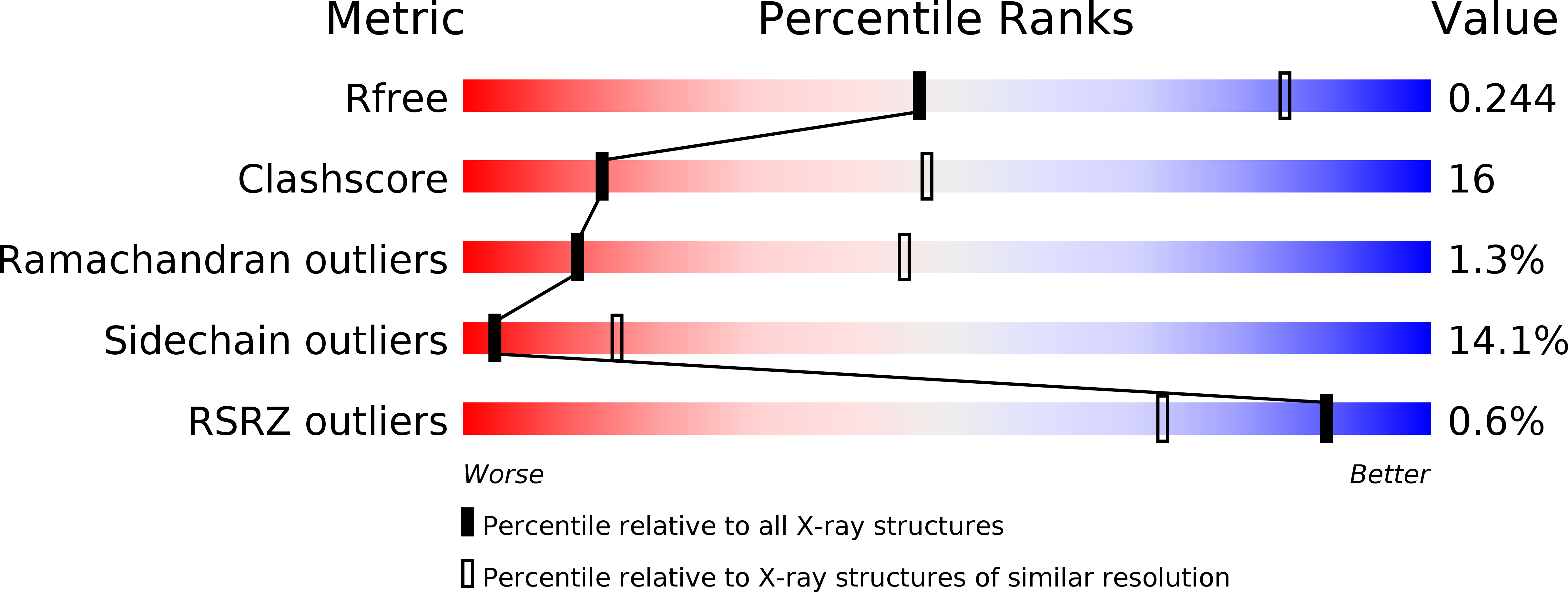
Deposition Date
2012-08-21
Release Date
2013-09-18
Last Version Date
2024-10-30
Entry Detail
PDB ID:
4GPL
Keywords:
Title:
Structure of Cbl(TKB) bound to a phosphorylated pentapeptide
Biological Source:
Source Organism:
Homo sapiens (Taxon ID: 9606)
Host Organism:
Method Details:
Experimental Method:
Resolution:
3.00 Å
R-Value Free:
0.24
R-Value Work:
0.18
R-Value Observed:
0.18
Space Group:
P 6


